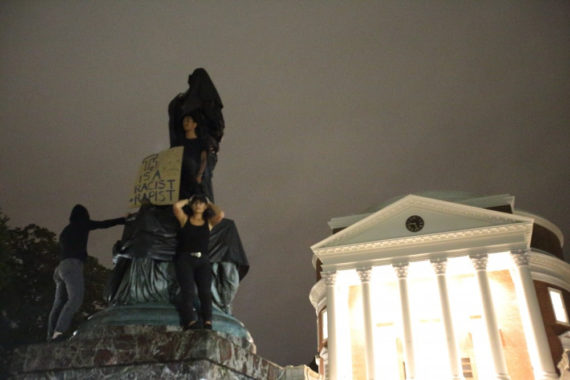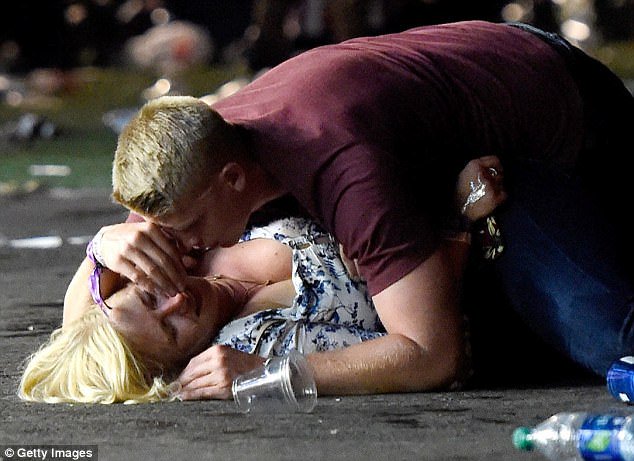This war differs from other wars, in this particular.
We are not fighting armies but a hostile people and must make old and
young, rich and poor, feel the hard hand of war.”—Union General William
T. Sherman.
Some of the first indications of Union leanings
toward a Total War philosophy occurred in Missouri, which had since 1854
already experienced armed cross-border conflicts between Missouri
partisans and Kansas “Jayhawkers.” A majority of Missouri’s population
was of Southern origin and sympathy.
By June 1861, Union forces had
preemptively occupied St. Louis, the capitol in Jefferson City, and
other strategic centers. However, most Missouri State Legislators were
able to escape to Neosho, Missouri, and voted for Secession on October
31.
One of the thirteen stars in the Southern Cross honors Missouri.
Pro-secessionist Governor Claiborne Jackson and former Governor Sterling
Price left to form the Missouri State Guard and join with Confederate
forces in Arkansas. Other Southern sympathizers engaged in partisan
warfare in Missouri. These Confederate partisans were generally treated
as outlaws by Union officials.
This outlaw status and mistreatment of
their families and other Missouri civilians by Federal troops spawned
the bloody vengeance raids of William Quantrill and William Anderson.
More than one thousand military engagements took place in Missouri
during the war. Missouri was the scene of the most drastic and
repressive military actions ever directed against civilians in U.S.
history. The Palmyra Massacre of October 1862 was only one of several
incidents.








